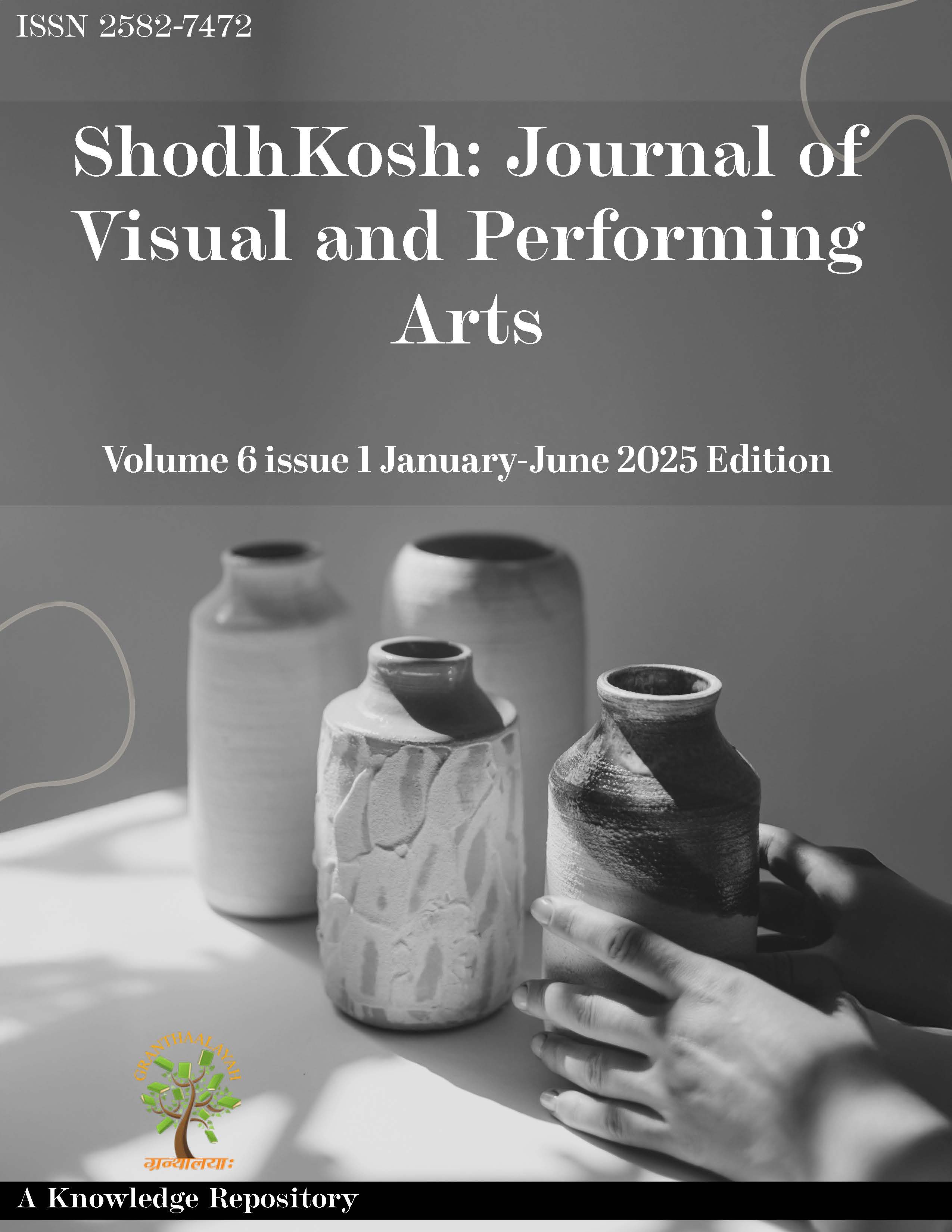IMPACT OF INTERNET ADDICTION ON A YOUNG ADOLESCENT BOY: AN INTERVENTIONAL CASE REPORT
DOI:
https://doi.org/10.29121/shodhkosh.v6.i1.2025.5113Keywords:
Internet Addiction (IA), Cognitive Behavior Therapy (CBT), Multicomponent Treatment, Psychosocial Stress, Family Therapy.Abstract [English]
Nowadays, the use of the internet and technology has become a boon. However, like a two-sided coin, it has both positive and negative impacts on our lives. As part of the positive changes in our lives, technology enables us to connect with people around the world and send messages to different parts of the country within a fraction of a second. However, excessive use of the internet can lead to addictive behavior like cyber bullying, online shopping, and taking away time from studies and other important activities such as physical activities. Therefore, in this case report, we aim to teach our client therapeutic techniques to promote the healthy use of the internet and prevent compulsive internet usage.
References
Ani Petrosyan. (2024, May 16). Internet usage worldwide - Statistics & Facts. Https://Www.Statista.Com/Topics/1145/Internet-Usage-Worldwide/#topicOverview . Barry Elad. (2024, January 23).
Brand, M., Rumpf, H., Demetrovics, Z., MÜller, A., Stark, R., King, D. L., Goudriaan, A. E., Mann, K., Trotzke, P., Fineberg, N. A., Chamberlain, S. R., Kraus, S. W., Wegmann, E., Billieux, J., & Potenza, M. N. (2020). Which conditions should be considered as disorders in the International Classification of Diseases (ICD-11) designation of “other specified disorders due to addictive behaviors”? Journal of Behavioral Addictions. https://doi.org/10.1556/2006.2020.00035
Young, K.S. (2017) Assessment Issues with Internet-Addicted Children and Adolescents. In Young, K.S. and de Abreu, C.N., Eds., Internet Addiction in Children and Adolescents: Risk Factors, Assessment, and Treatment. Springer Publishing Company, New York, 143-160. https://doi.org/10.1891/9780826133731.0008
Gatchel RJ, Peng YB, Peters ML, Fuchs PN, Turk DC. The biopsychosocial approach to chronic pain: scientific advances and future directions. Psychol Bull. 2007 Jul;133(4):581-624. doi: 10.1037/0033-2909.133.4.581. PMID: 17592957.
Young KS. Treatment outcomes using CBT-IA with Internet-addicted patients. J Behav Addict. 2013 Dec;2(4):209-15. doi: 10.1556/JBA.2.2013.4.3. Epub 2013 Dec 13. PMID: 25215202; PMCID: PMC4154573.
Zubala A, Kennell N, Hackett S. Art Therapy in the Digital World: An Integrative Review of Current Practice and Future Directions. Front Psychol. 2021 Apr 8;12:595536. doi: 10.3389/fpsyg.2021.600070. PMID: 33897522; PMCID: PMC8060455.
Ayub S, Jain L, Parnia S, Bachu A, Farhan R, Kumar H, Sullivan A, Ahmed S. Treatment Modalities for Internet Addiction in Children and Adolescents: A Systematic Review of Randomized Controlled Trials (RCTs). J Clin Med. 2023 May 8;12(9):3345. doi: 10.3390/jcm12093345. PMID: 37176784; PMCID: PMC10179495.
Beck, A. T. (1976). Cognitive therapy and the emotional disorders. International Universities Press. https://psycnet.apa.org/record/1976-28303-000
Ellis, A. (1994). Reason and emotion in psychotherapy. Citadel Press.
American Psychiatric Association. (2013). Diagnostic and statistical manual of mental disorders (5th ed.). American Psychiatric Publishing.
Downloads
Published
How to Cite
Issue
Section
License
Copyright (c) 2025 Jyoti Dudey, Dr. Rashmi Saxena

This work is licensed under a Creative Commons Attribution 4.0 International License.
With the licence CC-BY, authors retain the copyright, allowing anyone to download, reuse, re-print, modify, distribute, and/or copy their contribution. The work must be properly attributed to its author.
It is not necessary to ask for further permission from the author or journal board.
This journal provides immediate open access to its content on the principle that making research freely available to the public supports a greater global exchange of knowledge.































